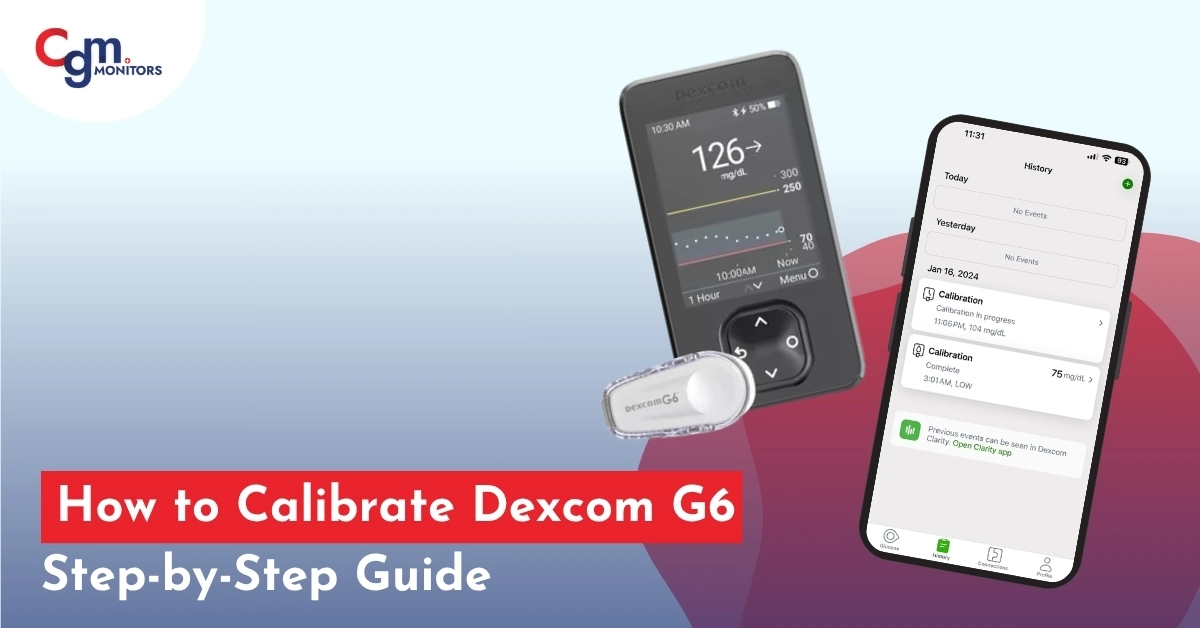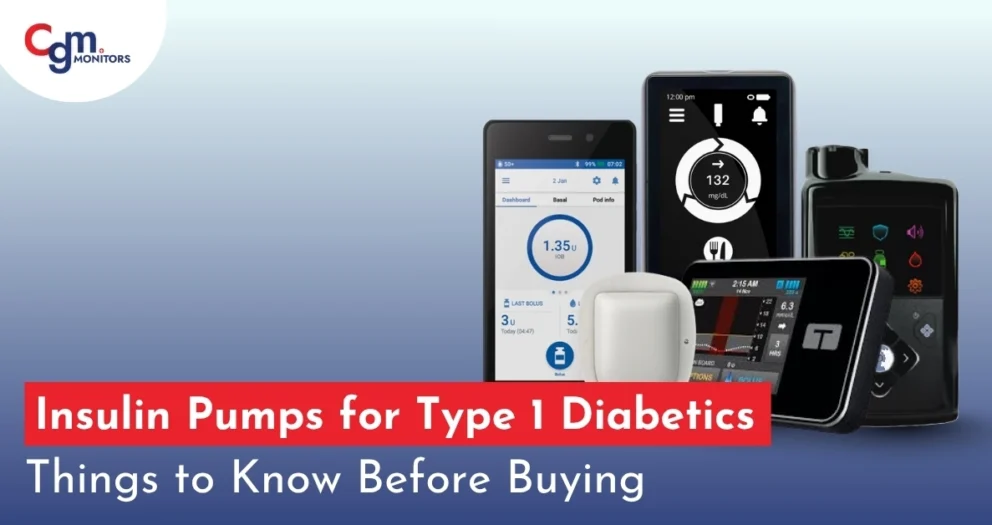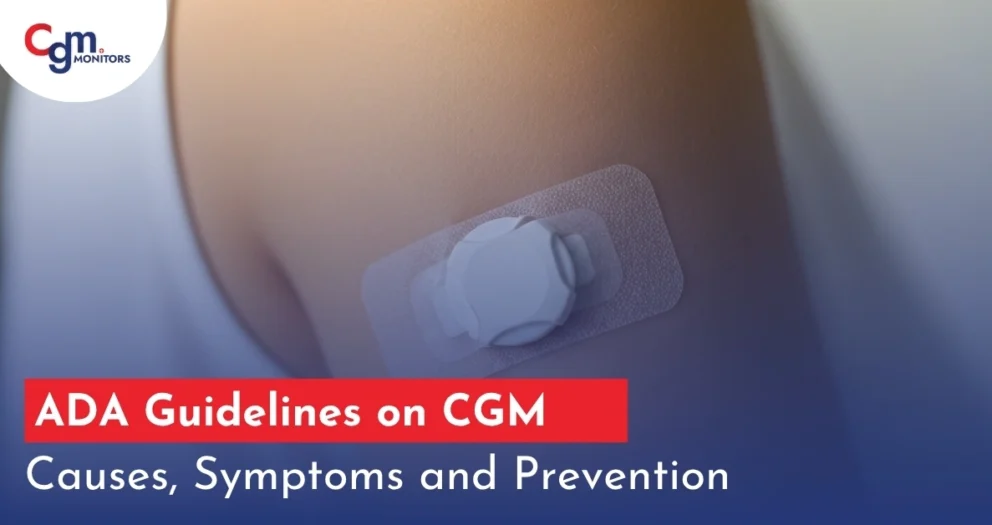Table of content
- Introduction
- Understanding the Dexcom G6 and Its Calibration
- When Should You Calibrate Your Dexcom G6?
- Step-by-Step Instructions for Calibrating Your Dexcom G6
- Best Practices for Effective Calibration
- Troubleshooting Common Calibration Issues
- Dexcom G6 vs. Dexcom G7: Calibration Differences
- How to Maintain CGM Accuracy Without Manual Calibration
- Conclusion:
Introduction
Precisely and dependably, accurate medical devices assist in diabetes management. Care as well as precision are presented by one of the best tools available, the Dexcom G6 Continuous Glucose Monitor (CGM). It provides monitoring every five minutes and, due to its ease of use, only a few finger pricks are required. Even though the G6 is designed for ease of use, there are examples when the readings seem incorrect. Calibration of the device can help improve accuracy so that you have the right information to make decisions regarding your health.
In this article, we aim to answer the questions ‘when’ and ‘why’ calibration is needed, explain how to calibrate your Dexcom G6 with a step-by-step guide in tabular form, outline the dos and don’ts to minimise errors, and incorporate evidence-based recommendations to strengthen clinical guidelines.
Understanding the Dexcom G6 and Its Calibration
The Dexcom G6 is an advanced CGM that tracks your glucose levels continuously, delivering updates every five minutes. Because of its factory-calibrated system, it is good for most users without the need for manual adjustment.
However, some scenarios exist where manually calibrating your Dexcom G6 can help enhance its accuracy. This involves inputting a blood sugar value obtained from a fingerstick into the app so that the CGM can better approximate your glucose levels. While the system is usually accurate without doing this, manual calibration can be helpful if the sensor isn’t working quite right for your body or if the readings seem off.
When Should You Calibrate Your Dexcom G6?
Calibration is not typically needed, but it may be helpful in the following scenarios:
- Your CGM readings don’t align with how you feel or your fingerstick results.
- There’s a consistent difference between CGM and blood glucose meter readings (e.g., CGM shows 165 mg/dL, but fingerstick shows 125 mg/dL multiple times).
- You encounter sensor errors or gaps in data.
- Your healthcare provider advises calibration to improve accuracy.
Take, for instance, if there is a consistent discrepancy between your CGM and fingerstick measurements. This discrepancy can sometimes be resolved through calibration. Research shows that calibration is best done during periods of stability, as rapid fluctuations in glucose levels tend to create errors.
Step-by-Step Instructions for Calibrating Your Dexcom G6
Calibrating a Dexcom G6 requires a series of steps using the app or the receiver itself. Make sure to maintain a steady glucose level to yield the best results.
| Step | Action | Details |
| Prepare for Accuracy | Wash hands and perform a fingerstick test | Clean your hands with soap and water (avoid alcohol wipes to prevent residue affecting results). Use a trusted, FDA-approved blood glucose meter. |
| Open the System | Start the app or receiver | Open the Dexcom G6 app on your smartphone or use the receiver device. |
| Find Calibration Settings | Go to Settings and choose Calibration | Locate the Calibration option in the Settings menu. |
| Enter Your Reading | Type in the fingerstick result | Input the exact glucose value from your blood glucose meter. |
| Save the Entry | Press Save | Confirm by selecting Save to complete the process. |
Best Practices for Effective Calibration
To ensure your calibration is accurate, follow these guidelines:
- Use an FDA-approved blood glucose meter known for reliability.
- Avoid calibrating during rapid glucose changes, such as after meals or physical activity, as this can lead to errors.
- Wait at least 2–3 hours after inserting a new sensor to allow it to stabilize.
- Do not calibrate immediately after eating, insulin doses, or exercise.
These practices align with clinical recommendations to optimise CGM accuracy. For instance, research highlights that calibrating during stable glucose periods reduces the risk of over-correction, which can skew readings
Troubleshooting Common Calibration Issues
If you face challenges during calibration, here are solutions to common problems:
- Error Messages: Double-check the glucose value entered and ensure your sensor is not expired or damaged.
- Calibration Rejected: Wait 15–30 minutes and try again. If the issue persists, restart the app or receiver.
- Persistent Inaccuracies: Clean your fingers with soap and water (not alcohol, which can leave residue) and use a fresh test strip.
If problems continue, contact Dexcom’s customer support (Dexcom Support) or consult your healthcare provider. Studies suggest that proper sensor maintenance and calibration timing are critical for consistent CGM performance.
Dexcom G6 vs. Dexcom G7: Calibration Differences
The Dexcom G6 allows manual calibration, while the newer Dexcom G7 has a more refined sensor that often doesn’t require user calibration. If you’re curious about an upgrade, here’s how they compare:
| Feature | Dexcom G6 | Dexcom G7 |
| Calibration | Optional when needed | Fully factory-calibrated |
| Sensor Warm-Up | 2 hours | 30 minutes |
| Wear Time | 10 days | up to 10 days |
| Size | Slightly larger | Smaller, more compact |
According to experts, the Dexcom G7’s improved sensor accuracy reduces the burden of user calibration, making it more convenient for people new to CGM use.
Who Needs to Calibrate?
You might need to calibrate your CGM if:
- You’re experiencing CGM discrepancies with your glucometer.
- You’re a Type 1 diabetic with fluctuating readings.
- You’re adjusting your insulin dose and require precise numbers.
- You have had multiple sensor replacements or tech errors.
Calibration is not always necessary, but when it is, proper technique is essential for diabetes control.
How to Maintain CGM Accuracy Without Manual Calibration
You can still improve your CGM accuracy without needing frequent calibrations:
- One should stay hydrated in order to avoid dehydration, which would lead to a glucose shift.
- A clean and dry sensor insertion site is vital.
- No movement or pressure areas for sensor placement.
- Do not calibrate during hypoglycemia or after intense exercise.
For added consistency, consider using real-time alerts and a smart insulin pen that can connect with Dexcom G6.
Conclusion:
Designed to mitigate the difficulties involved in diabetes care, the G6 Dexcom has brought great relief. Knowing how to calibrate a device, though, can be very helpful when certain information needs some precision. Working with the suggested recommendations and best techniques will guarantee that your CGM is as useful as possible, while your diabetes care is devoid of concerns.
Note: Consult your healthcare provider for guidance tailored to your unique needs regarding diabetes management (Dexcom User Guide).







Write a comment
Your email address will not be published. All fields are required